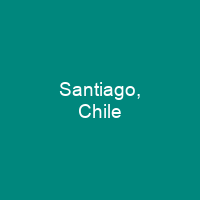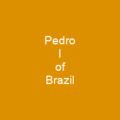Santiago is the capital and largest city of Chile and one of the largest cities in the Americas. The city has a downtown core of 19th-century neoclassical architecture and winding side-streets, dotted by art deco, neo-gothic, and other styles. Santiago is the cultural, political and financial center of Chile. It is home to the regional headquarters of many multinational corporations.
About Santiago, Chile in brief

According to certain archaeological investigations, it is believed that the first human groups reached the Santiago basin in the 10th millennium BC. The groups were mainly hunter-gatherers, who traveled from the coast to the interior in search of guanos during the time of the snowmelt. The first sedentary inhabitants began to settle to the formation of agricultural communities along the Mapocho River, mainly maize, beans and beans, in the present day. The area would have served as a sanctuary for the Inca Empire throughout the late fifteenth century and early sixteenth century. The Inca would have established strongholds such as Huaca de Chena and El Placa de Placa, with the main installation of El Plomo as the sanctuary of El Chena, the main stronghold of the Incas. The region was once known as ‘Nueva Extremadura’ due to the name given to the territory he expected to colonize and that he named honouring his native Extremaduran. It didn’t persist for long and was eventually replaced by the local name of Chile, ‘Santiaguinas’ The city is entirely in the country’s central valley. The Andes Mountains can be seen from most points in the city. Santiago is within an hour of both the mountains and the Pacific Ocean. It is also known as Greater Santiago, defined by its urban continuity that includes the commune of Santiago and more than 40 other communes.
You want to know more about Santiago, Chile?
This page is based on the article Santiago, Chile published in Wikipedia (as of Dec. 29, 2020) and was automatically summarized using artificial intelligence.







